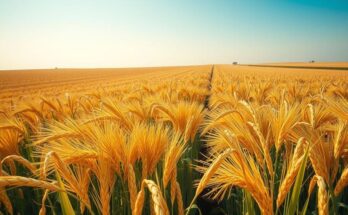Farmers in Bolivia are faced with a difficult choice between burning land for agriculture and planting trees to combat worsening droughts. Last year saw the loss of 10.7 million hectares of forest due to wildfires that also resulted in fatalities and significant carbon emissions. The decision they make will have lasting implications for their environment and livelihoods.
In the aftermath of Bolivia’s most devastating wildfires, farmers are confronted with a critical decision: to persist in setting fires for agricultural land clearing or to opt for tree planting to alleviate the impacts of increasingly severe droughts. Last year, approximately 10.7 million hectares of tropical forest were destroyed across Bolivia’s eastern lowlands, which can be compared to an area equivalent to Portugal’s size, as reported by the Bolivian Institute for Forest Research (IBIF).
The wildfires, while not as prominently reported as those in Brazil, resulted in the tragic loss of at least four lives and contributed to unprecedented levels of carbon emissions, according to findings from the European Union’s climate monitoring body. This environmental crisis poses a significant dilemma for local farmers, who must weigh immediate agricultural needs against the long-term sustainability of their land and livelihoods.
The stark contrast between burning land for agriculture and cultivating trees presents a significant challenge for Bolivian farmers, particularly in light of the recent catastrophic wildfires. The destruction of vast areas of dry tropical forest not only affects human lives but also exacerbates environmental concerns such as carbon pollution and drought. Thus, farmers must consider sustainable practices that will safeguard their future and mitigate adverse climate impacts.
Original Source: www.ashleycountyledger.com




